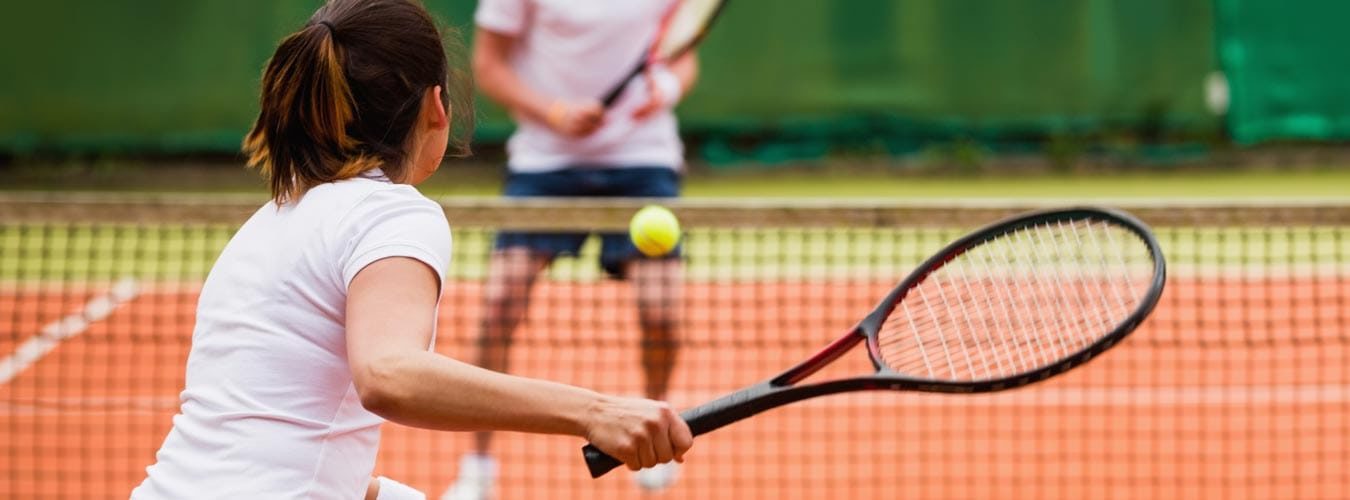
In recent years, tennis has experienced a revolution not only on the court but also through technological advancements that are reshaping the way the game is played, coached, and watched. From high-tech rackets to cutting-edge data analytics, modern innovations are offering players new tools to enhance performance and strategize more effectively.
With the integration of advanced tracking systems, sensors, and artificial intelligence, tennis has evolved into a sport driven by data. These technologies are helping athletes make more informed decisions, improve training regimens, and refine their techniques. Coaches now have access to real-time insights that enable them to optimize player performance at both amateur and professional levels.
Furthermore, tennis fans are also benefiting from these advancements. Enhanced broadcast technology and virtual reality experiences are providing spectators with an unprecedented level of engagement, bringing them closer to the action than ever before. This technological leap is not just about performance–it’s transforming the entire ecosystem of tennis.
The evolution of tennis technology is paving the way for a faster, smarter, and more dynamic future of the sport, where innovation meets tradition in a powerful fusion.
The Impact of Advanced Racket Technology on Player Performance
Over the past few decades, racket technology has undergone significant advancements, transforming the way tennis is played at all levels. From the materials used to design these rackets to the engineering behind them, modern rackets have the ability to enhance a player’s performance on the court. Players are now able to generate more power, spin, and control with less physical effort, giving them a competitive edge.
With innovations such as lightweight composite materials, larger sweet spots, and improved grip designs, modern rackets allow for a more dynamic style of play. These technologies enable players to adapt their strategy more effectively, whether they are serving, returning, or engaging in long baseline rallies. The enhanced capabilities of modern rackets are shaping the future of tennis, influencing the way both amateur and professional players train and compete.
Key Benefits of Advanced Racket Technology
Advanced racket technology has made a profound impact on several aspects of a player’s performance. Some of the major benefits include:
- Power Generation: Newer rackets, often
Wearable Devices and Data Analytics: Revolutionizing Tennis Training
Wearable technology has become an integral part of modern tennis training, offering players and coaches unprecedented access to real-time data. These devices, which range from smartwatches to specialized sensors attached to rackets and clothing, provide detailed insights into an athlete’s performance. With this technology, players can track everything from heart rate and movement to swing speed and shot accuracy.
Data analytics, powered by wearable devices, takes this information and transforms it into actionable insights. By analyzing the data collected during training or matches, coaches can identify patterns, strengths, and weaknesses in a player’s game. This allows for highly personalized training plans that are far more effective than traditional methods.
Key Benefits of Wearable Technology in Tennis
- Real-time feedback: Players receive instant data on their movements, helping them make immediate adjustments during training sessions.
- Injury prevention: Monitoring physical strain through wearables helps identify potential injury risks, allowing players to adjust their routines before problems occur.
- Improved accuracy: Wearables can track intricate details such as ball speed, racket angle, and
Hawk-Eye and Smart Courts: Enhancing Accuracy and Fair Play
Hawk-Eye technology and the rise of smart courts have revolutionized modern tennis, creating an environment where accuracy and fairness are prioritized. With these innovations, players, referees, and fans are provided with real-time data and insights that can significantly impact match outcomes.
The combination of these technologies not only helps in making precise calls on the court but also fosters transparency in decision-making. As a result, the sport has seen a reduction in human error and a higher level of confidence in results.
Conclusion
As the tennis world continues to embrace cutting-edge technology, the integration of systems like Hawk-Eye and smart courts stands as a testament to the sport’s commitment to fairness and innovation. These tools have enhanced the accuracy of officiating, improved the overall fan experience, and brought a new level of strategic analysis for players.
Moving forward, we can expect even more sophisticated developments in tennis technology, further refining the game’s integrity and offering unprecedented advantages in performance analysis. Ultimately, these advancements
